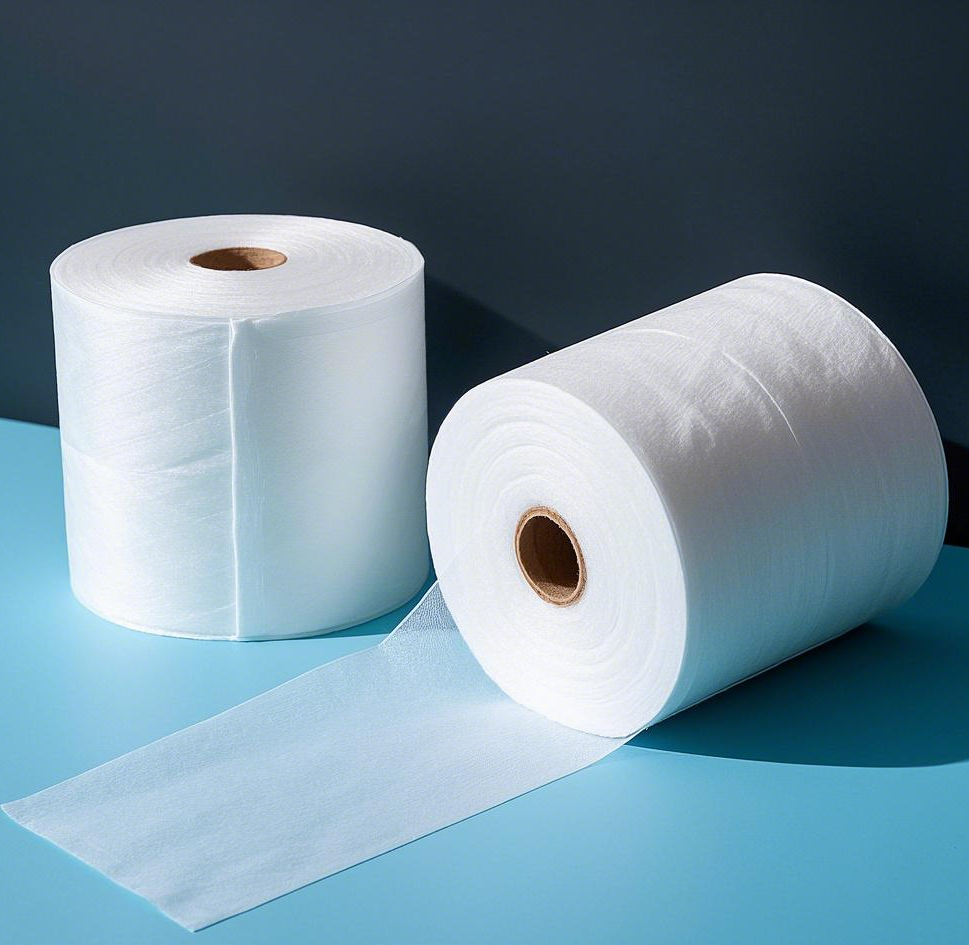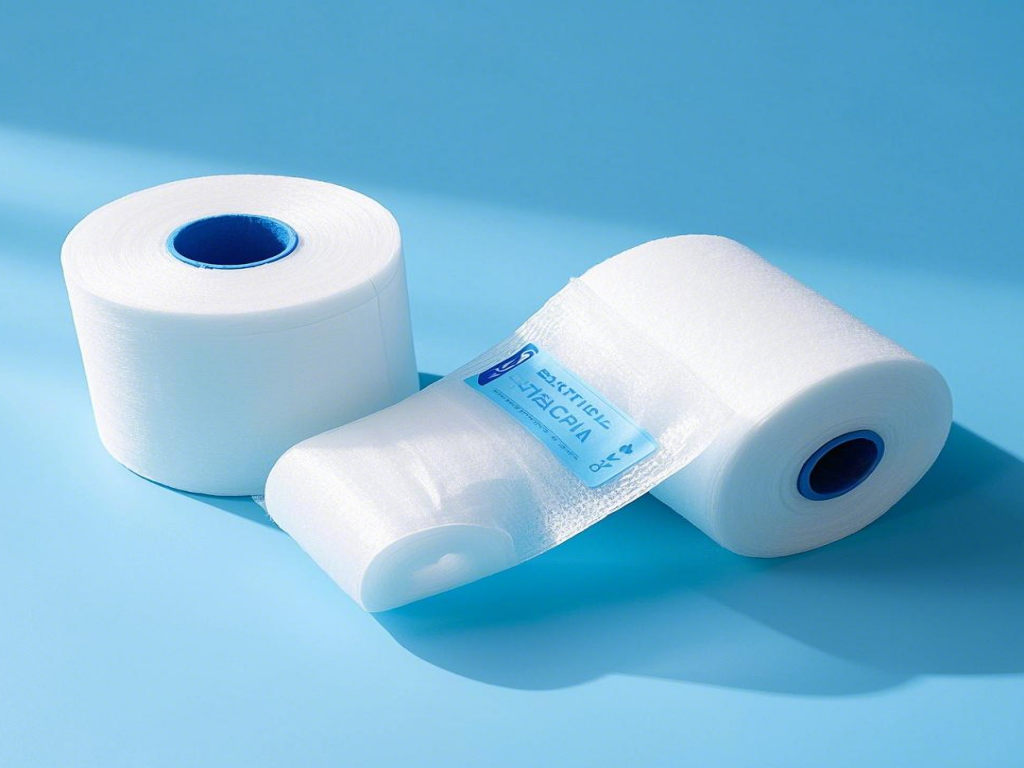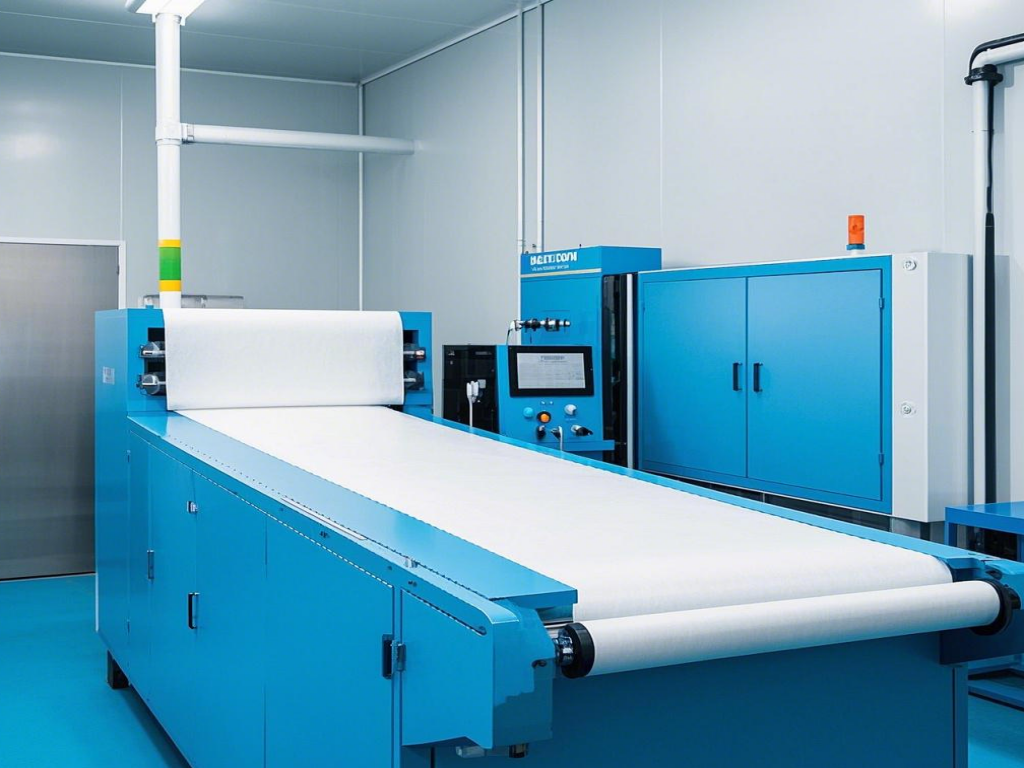What is non-woven fabric (NWF)?
Date: 2025-02-14 Categories: Baby Diaper Raw Materials、Industry News Views: 3207
The origins of nonwoven fabrics lie in their production method, where textile fibers are loosely laid down in a tray without a specific alignment. These fibers are then connected to one another using mechanical, chemical, or thermal bonding methods, resulting in materials that can be in the form of webs, mats, or sheets. Nonwovens are predominantly composed of polymer materials, offering a cost-effective solution with robust strength, often used in plastic applications. They can be single or multi-layered, with examples like SMS fabrics that are three layers thick.
What is the origin of nonwoven fabrics and how are they produced?
Nonwoven fabrics are created by loosely placing textile fibers in a container, with no particular orientation required. These fibers are then fused together using mechanical, chemical, or thermal bonding to form materials in the shape of webs, mats, or sheets. Predominantly made from polymer materials, nonwoven fabrics are affordable, strong, and frequently utilized in plastic products. They can be single-layered or multi-layered, with examples like the trilaminated SMS fabrics.
These fabrics are crafted from various fibers, with polyester and viscose rayon being the most commonly used. They can be made from both synthetic and natural filament materials.
Types of non-woven fabrics
The primary categories of nonwoven fabric are those made from polypropylene (PP) and those composed of a Spunbond-Meltblown-Spunbond (SMS) structure, with the distinction based on their manufacturing process.

Nonwoven fabric in polypropylene: This fabric is crafted from soft, plastic fibers made of polypropylene, which are bonded together using ultrasound and steam techniques. Available in various thicknesses, this material is particularly suitable for the healthcare sector due to its hygienic properties, ensuring safety for medical professionals, patients, and users in general, as well as offering economic value.

Nonwoven fabric in Spunbond-Meltblown-Spunbond (SMS): This three-layer fabric is also entirely composed of polypropylene. The outer layers are made using the Spunbond process, while the middle layer is created through the Meltblown process.
Spunbond: In the production of Spunbond nonwoven fabric, polypropylene is stretched into continuous filaments and laid out in a web on a conveyor belt. The fibers are then bonded using chemical, thermal, or mechanical processes to create a robust and durable material, often used for carpet backing or as filters.
Meltblown: Similar to Spunbond, Meltblown nonwovens also utilize polypropylene, but the fibers are drawn through a linear array to form long, thin strands. These strands are rapidly cooled by hot air and collected on a mesh to form a fabric with fine filtering capabilities and inherent stickiness. Meltblown fabrics are commonly used in manufacturing medical masks, diapers, and feminine hygiene products.
The combination of these two processes in an SMS fabric creates an enhanced material that merges the beneficial properties of both while mitigating their individual drawbacks.
Principal characteristics of NWF
Nonwoven fabric boasts a diverse range of features that make it highly useful. It’s a fabric that’s both lightweight and robust, with elasticity, breathability, and a soft touch. It’s known for its longevity and releases significantly fewer fibers compared to other materials. The fabric has water and liquid repellency, along with a high capacity for absorption, and it can withstand elevated temperatures. It’s also convenient to maintain, as it can be ironed, dry-cleaned, and resists wrinkles.
In the realm of fashion, nonwoven fabric is appealing due to its excellent drapeability. It takes dye well without losing color and can be readily sewn into various garments.

Uses and benefits of NWF
Within the fashion sector, nonwoven fabrics find use in a variety of applications, including the manufacture of linings and parts for shoes. Most notably, nonwoven fabric (NWF) is employed in the creation of industrial work attire, chemical protective suits, and in sanitary and isolation garments like face masks. This is due to its non-combustible nature, its ability to filter air and block dust particles, and its effectiveness as a barrier against bacterial and viral contaminants.














